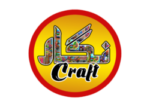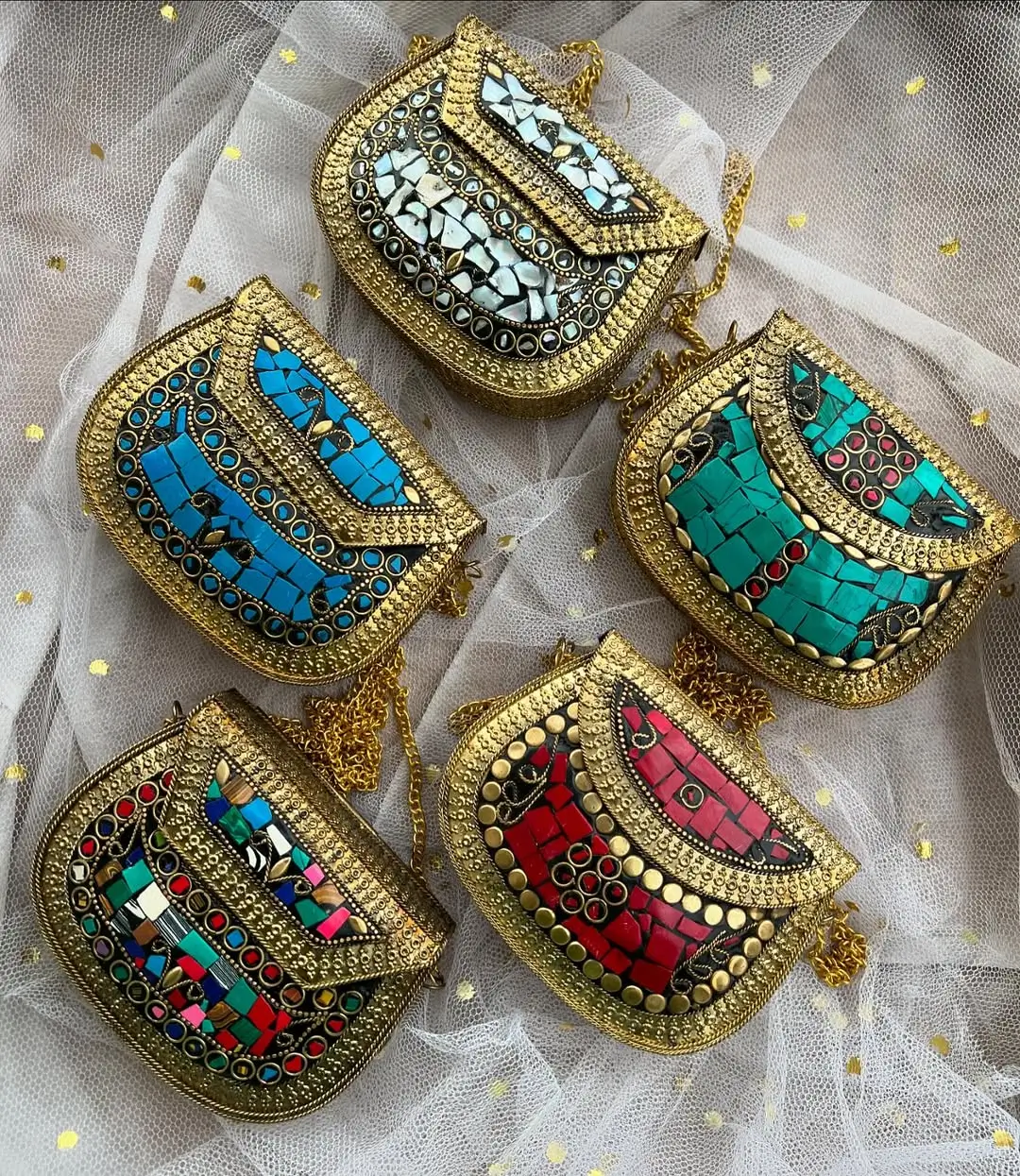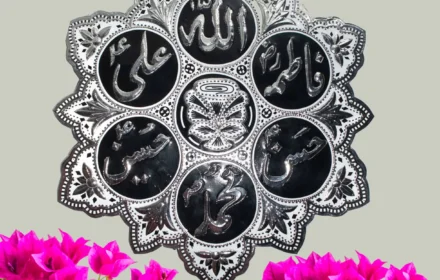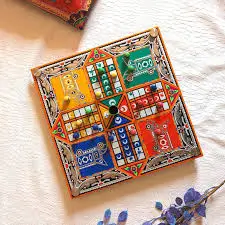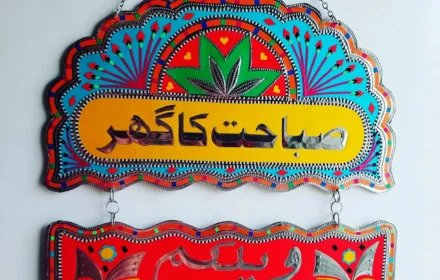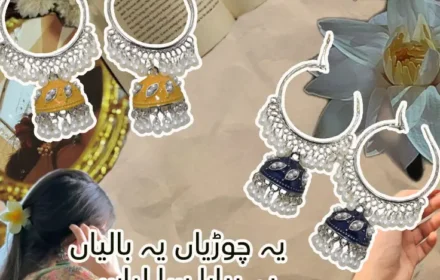Afghanistan’s rich heritage is reflected not just in its architecture and textiles, but also in its accessories—particularly its clutches and bags. These intricately designed items are more than just fashion statements; they are symbols of cultural identity, history, and craftsmanship passed down through generations. In this blog, we’ll explore the deep cultural importance of Afghan clutches and bags, and why they continue to capture global attention.
1. A Tapestry of History in Every Stitch
Afghan clutches and bags are often handcrafted using age-old techniques that have been refined over centuries. Each bag is a representation of Afghanistan’s diverse ethnic mosaic—featuring influences from Pashtun, Tajik, Hazara, Uzbek, and other ethnic communities. These groups bring their own embroidery styles, color palettes, and patterns, which makes each piece unique.
The use of traditional materials—such as wool, leather, and cotton—paired with intricate embroidery (often with silk thread), mirrors the aesthetics of tribal and nomadic lifestyles. Patterns such as geometric motifs, symbolic florals, or paisley designs often reflect themes of nature, protection, or spiritual belief.
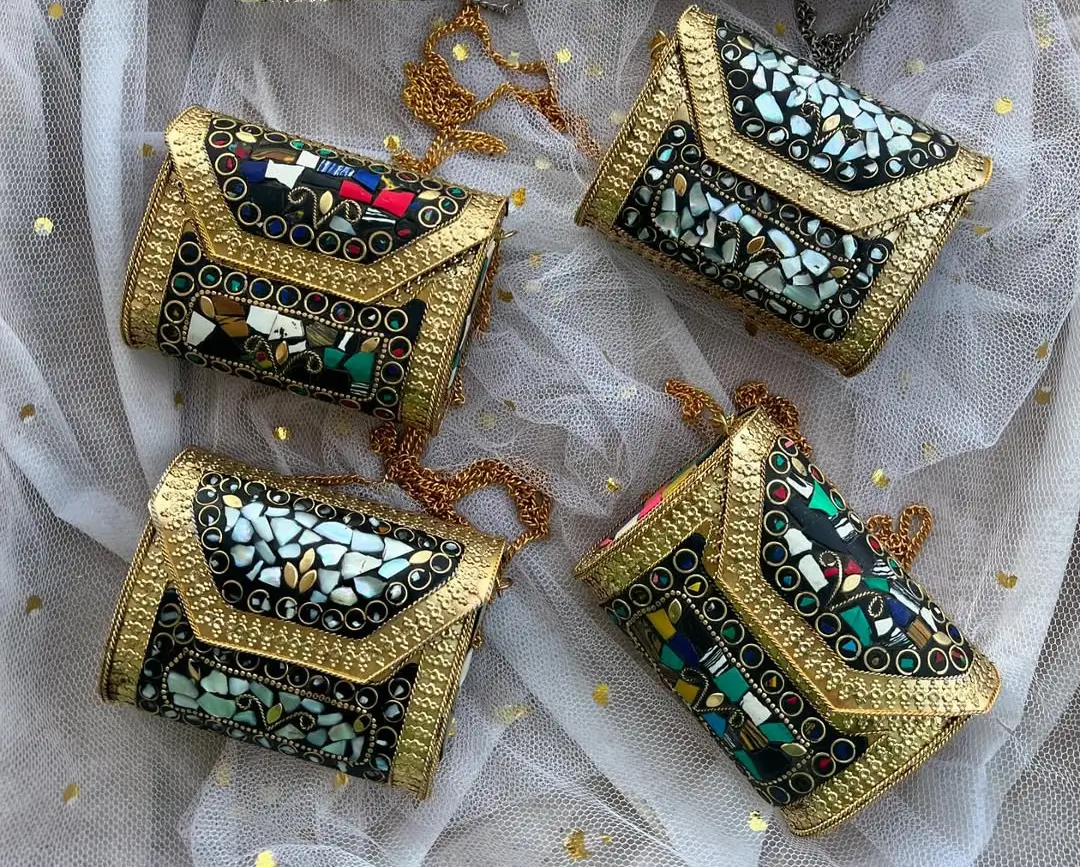
2. Gemstones: A Unique Afghan Touch
One of the most distinctive features of Afghan clutches is their use of semi-precious gemstones as embellishments. Afghanistan is renowned for its natural wealth of gemstones—especially lapis lazuli, turquoise, emeralds, and rubies—which have been mined in the region for thousands of years.
Many traditional Afghan clutches incorporate these stones as part of their decorative elements. Lapis lazuli, with its deep blue hue, is one of the oldest mined stones in human history and is native to the Badakhshan province. These gemstones are not only aesthetically stunning, but they also carry cultural and spiritual significance—believed to offer protection, healing, and prosperity.
By using native gemstones in clutches and bags, Afghan artisans are essentially embedding their country’s geological heritage into wearable art. It transforms each accessory into a piece of Afghanistan itself—beautiful, bold, and deeply symbolic.
3. Stone-Inlay Afghan Clutches: A Mosaic of Heritage
The clutch you see here is a stunning example of stone-inlay Afghan craftsmanship, a distinct style that combines mosaic artistry with the cultural tradition of bag making.
These clutches are typically made using a metal base, over which artisans intricately place hand-cut pieces of semi-precious stones, shell fragments, and enamel-colored inlays. The process is meticulous and time-consuming, often requiring several days of careful labor.
Key features include:
- Colorful stone mosaics in geometric and floral patterns
- Brass framing and detailing, giving a bold, ornamental appeal
- Mother-of-pearl and mirror accents, enhancing light reflection and contrast
- A rounded or structured box shape, making the bag itself a piece of jewelry
These clutches are more than accessories—they are miniature works of art that celebrate Afghanistan’s gemstone wealth and artistic ingenuity.
You can explore and purchase authentic handcrafted Afghan clutches like this at nigarcraft.com.pk — your destination for ethically sourced and culturally rich artisan pieces.
4. Symbol of Women’s Craftsmanship and Empowerment
Afghan clutches and bags are predominantly made by women, particularly in rural and tribal areas. For generations, embroidery and textile work have been part of a girl’s upbringing, with skills handed down from mother to daughter.
In recent years, the global demand for handmade Afghan accessories has opened economic opportunities for women artisans, many of whom use this craft as a vital source of income. These clutches and bags are not just products—they’re stories stitched (or inlaid) by hand, symbols of resilience, creativity, and cultural preservation.
5. Function Meets Art
Traditionally, Afghan bags were used for daily utility—carrying food, storing jewelry, or serving as saddle bags during long travels. But these items were never purely utilitarian; they were always decorated, showing pride in personal and tribal identity.
Today’s Afghan clutches, especially the stone-inlaid ones, are designed for more formal occasions—adding a luxurious ethnic touch to both traditional and modern attire. They reflect the duality of practicality and cultural expression.
6. Preserving Identity in Diaspora
For Afghans living abroad, carrying a traditional clutch or bag can be an expression of nostalgia and cultural pride. These accessories become tangible reminders of home—linking generations, preserving identity, and celebrating a heritage that war and displacement have often put at risk.
Afghan clutches are sometimes gifted at weddings, cultural festivals, or Nowruz (Persian New Year), and can even be used as heirlooms that tie individuals to their roots.
7. Sustainability and Slow Fashion
In the era of fast fashion, Afghan clutches and bags stand as champions of slow, ethical, and sustainable design. Every piece is handcrafted, often taking days or weeks to complete. This not only ensures durability but also supports environmentally conscious production methods—an important factor for eco-conscious buyers.
Moreover, buying from artisan cooperatives or fair-trade organizations ensures that proceeds go directly to the communities that need them most.
8. Global Influence and Recognition
Designers and fashion houses across the world have increasingly recognized the value of Afghan textile and mosaic artistry. Elements from Afghan embroidery, gemstone embellishments, mirror work, and handweaving techniques have found their way into contemporary haute couture and bohemian fashion.
Collaborations between Afghan artisans and international brands are helping to bring these traditional crafts to the global stage while ensuring that the original creators are acknowledged and supported.
Final Thoughts
Afghan clutches and bags are more than accessories; they are emblems of a rich, multifaceted culture that has endured through centuries of change and hardship. Every stitch, every stone tells a story of history, heritage, and human connection. When combined with the rare beauty of native Afghan gemstones and the artistry of inlay work, these clutches become not only cultural treasures but also dazzling pieces of functional art.
If you’re looking to own a piece of this legacy, visit nigarcraft.com.pk to discover a curated collection of handcrafted Afghan clutches made with love, tradition, and timeless elegance
Frequently Asked Questions: The Cultural Importance of Afghan Clutches and Bags
Q1: What is the primary cultural significance of Afghan clutches and bags?
A1: Afghan clutches and bags are more than just accessories; they are deeply symbolic items representing cultural identity, history, and craftsmanship passed down through generations. They are seen as emblems of a rich, multifaceted culture.
Q2: How do Afghan clutches and bags reflect the country’s diverse heritage?
A2: They are handcrafted using age-old techniques and incorporate influences from Afghanistan’s diverse ethnic groups, such as Pashtun, Tajik, Hazara, and Uzbek communities. Each group contributes unique embroidery styles, color palettes, and patterns, making every piece distinct.
Q3: What traditional materials and designs are commonly found in these accessories?
A3: Traditional materials include wool, leather, and cotton, often paired with intricate silk thread embroidery. Designs frequently feature geometric motifs, symbolic florals, or paisley patterns, reflecting themes of nature, protection, or spiritual belief.
Q4: Why are gemstones a distinctive feature of Afghan clutches?
A4: Afghanistan is rich in natural gemstones like lapis lazuli, turquoise, emeralds, and rubies, which have been mined for thousands of years. Incorporating these native stones, such as lapis lazuli from Badakhshan province, embeds the country’s geological heritage into wearable art, making each accessory a piece of Afghanistan itself.
Q5: Do the gemstones in Afghan clutches carry any cultural or spiritual significance?
A5: Yes, beyond their aesthetic appeal, these gemstones are believed to offer protection, healing, and prosperity, adding a deeper layer of cultural and spiritual meaning to the clutches.
Q6: What are “stone-inlay Afghan clutches” and what makes them unique?
A6: Stone-inlay clutches are a distinct style combining mosaic artistry with bag making. They are typically made with a metal base onto which artisans meticulously hand-cut pieces of semi-precious stones, shell fragments, and enamel-colored inlays are placed. This process is time-consuming and results in miniature works of art.
Q7: What are the key features of stone-inlay Afghan clutches?
A7: Key features include colorful stone mosaics in geometric and floral patterns, brass framing and detailing for an ornamental appeal, and the use of mother-of-pearl and mirror accents to enhance light reflection and contrast. They often have a rounded or structured box shape, making the bag itself a piece of jewelry.
Q8: What role do women play in the creation of Afghan clutches and bags?
A8: Afghan clutches and bags are predominantly made by women, particularly in rural and tribal areas. Embroidery and textile work are skills traditionally handed down from mother to daughter, making it a significant part of a girl’s upbringing.
Q9: How do these crafts empower Afghan women?
A9: The global demand for handmade Afghan accessories has opened vital economic opportunities for women artisans. These crafts serve as a crucial source of income, symbolizing their resilience, creativity, and commitment to cultural preservation.
Q10: How have the function and purpose of Afghan bags evolved over time?
A10: Traditionally, Afghan bags were used for daily utility—carrying food, storing jewelry, or as saddle bags. While always decorated, modern Afghan clutches, particularly the stone-inlaid ones, are designed for more formal occasions, adding a luxurious ethnic touch to attire. They embody a duality of practicality and cultural expression.
Q11: How do Afghan clutches and bags help preserve identity for Afghans in the diaspora?
A11: For Afghans living abroad, carrying a traditional clutch or bag serves as an expression of nostalgia and cultural pride. These accessories are tangible reminders of home, linking generations, preserving identity, and celebrating a heritage that has faced risks due to war and displacement. They are also often gifted at cultural events and used as heirlooms.
Q12: Are Afghan clutches and bags considered sustainable fashion?
A12: Yes, they stand as champions of slow, ethical, and sustainable design. Each piece is handcrafted, often taking days or weeks to complete, ensuring durability and supporting environmentally conscious production methods. Purchasing from artisan cooperatives or fair-trade organizations also ensures proceeds directly benefit the communities.
Q13: What is the global influence and recognition of Afghan clutches and bags?
A13: Designers and fashion houses worldwide increasingly recognize the value of Afghan textile and mosaic artistry. Elements from their embroidery, gemstone embellishments, mirror work, and handweaving have found their way into contemporary haute couture and bohemian fashion, often through collaborations that bring these crafts to the global stage while supporting the original creators.
Q14: Where can one purchase authentic handcrafted Afghan clutches mentioned in the text?
A14: The text states that authentic handcrafted Afghan clutches can be explored and purchased at nigarcraft.com.pk.
